Api Gateways - The secure bridge for exposing your api
Mar 25 2024
Many thanks to the sponsors who make it possible for this newsletter to be free for readers.
• Streamline your API development with Postman's REST Client a powerful tool for sending requests, inspecting responses, and debugging REST APIs with ease. Discover a more efficient way to build and test APIs at link.
Introduction to API Gateways
In the digital era, APIs (Application Programming Interfaces) have become the backbone of software development, enabling different systems to communicate and exchange data seamlessly.
However, as the reliance on APIs grows, so does the complexity of managing and securing them.
This is where API Gateways come into play, offering a robust solution for developers and organizations looking to expose their backend APIs securely.
What is an API Gateway?
An API Gateway acts as a gatekeeper for your APIs, managing requests from clients (such as web or mobile apps) to your backend services.
It's a critical component in modern application architectures, offering a single entry point for all API interactions.
Beyond simplifying the API landscape, gateways provide essential features like security, rate limiting, and analytics, making them indispensable for API management.
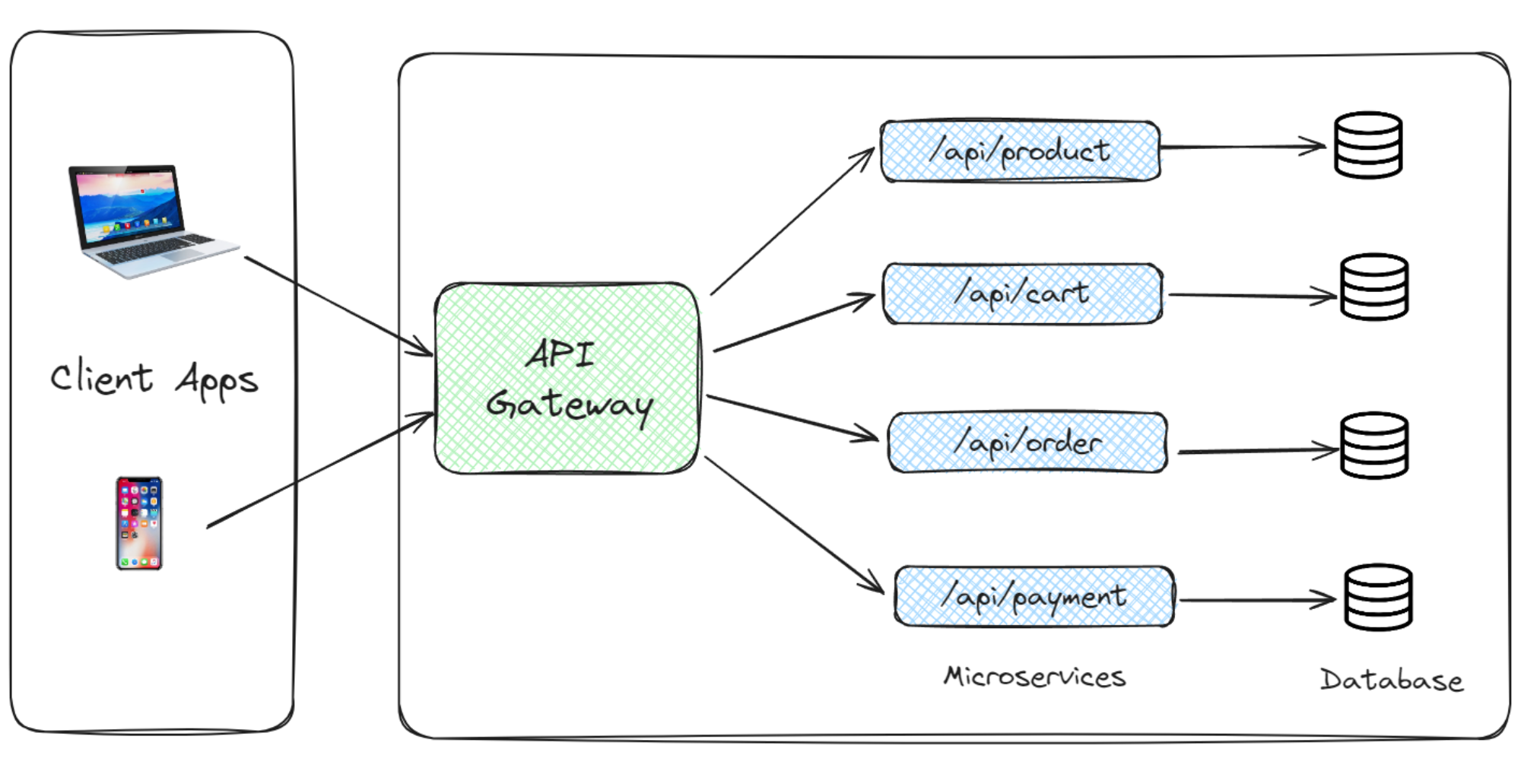
Today we will talk about the Core functionalities of API Gateway, where I will try to explain things in the simplest possible way.
As an API Gateway I will take Zuplo.
If you haven't heard of Zuplo - It is an API Management platform that is oriented around the API Developer Experience.
They are trying to build a platform to make it fast (and it's really fast) and straightforward for developers to deliver a "Stripe-level" API experience to their users.
This includes handling many portions of Full-lifecycle API management, including documentation, testing, deployments, and monitoring.
There are many developers out there struggling to build high-quality API experiences quickly, and at a reasonable price - Zuplo can help you.
And yes, it's completely free to start!
Quick Setup
To get started, you need to register for free at the link above. This process takes less than 1 minute.
After that, you will get a prompt on whether you want to create an empty project or an already finished "Todo List" project that we will choose for this situation.
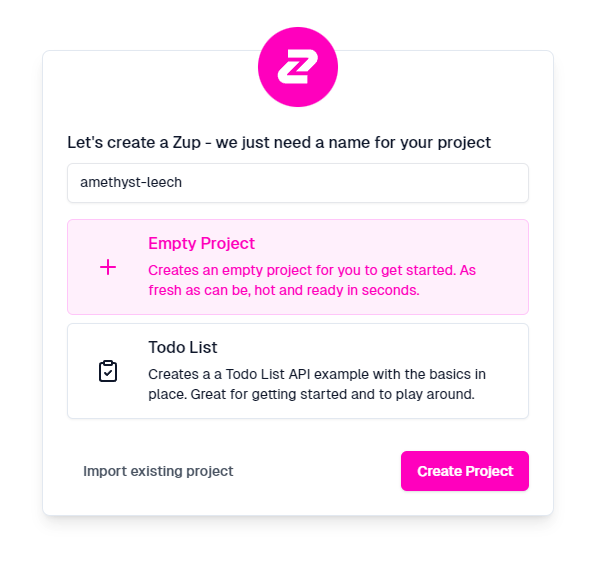
A complete portal with many options will open.
What we have seen here is that Zuplo is fast and easy to get started (and also free).

3 Core Features of API Gateways
API Gateways are packed with features designed to enhance the security and efficiency of your APIs.
Let's delve into some of the core functionalities that make API Gateways a must-have in your infrastructure.
Request Routing
At its core, an API Gateway efficiently routes requests from clients to the appropriate backend service. This feature is crucial in microservices architectures where a single application might be split into dozens of smaller, interconnected services.
The gateway acts as a central point of entry, ensuring that requests are directed to the correct service based on the request path, method, and other headers.
This not only simplifies the client-facing API surface but also enables services to be relocated, scaled, or modified without impacting the client.
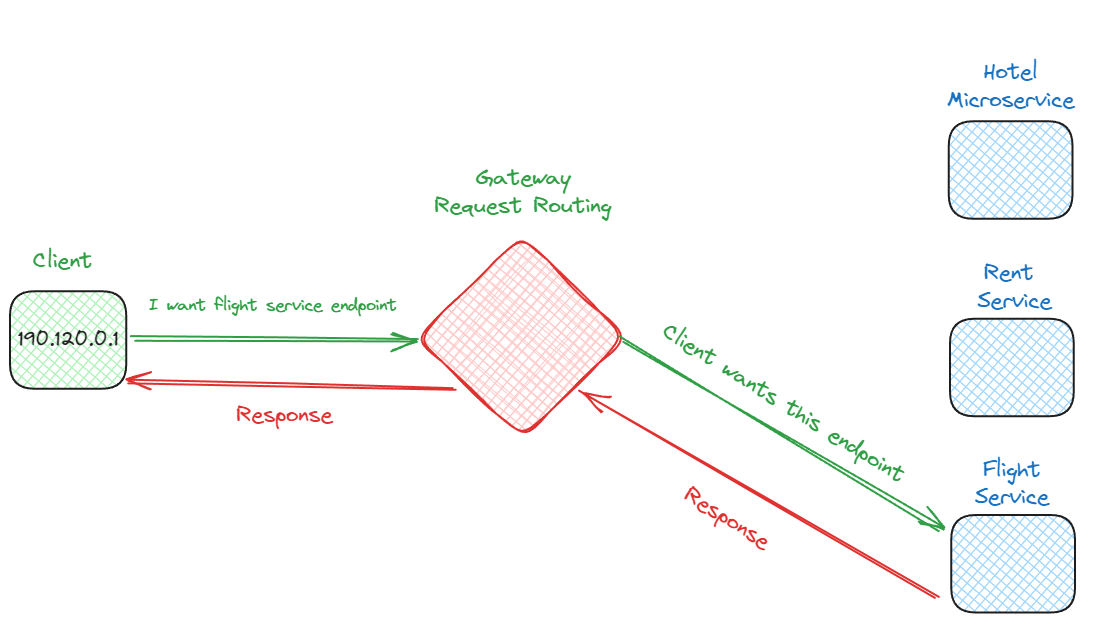
This can be seen directly in Zuplo if you go to the routes.oas.json file that tells how certain routes are routed.
In the Route Designer tab, you can see all the routes available in the API. If we open any route, we will see which is the handler for the specific request.
Let's say in the example shown below the Get all todos endpoint with the URL https: //copper-elephant-main-57e0097.d2.zuplo.dev/v1/todos will be redirected to https: //jsonplaceholder.typicode.com/todos.
Also, here you can add new routes.
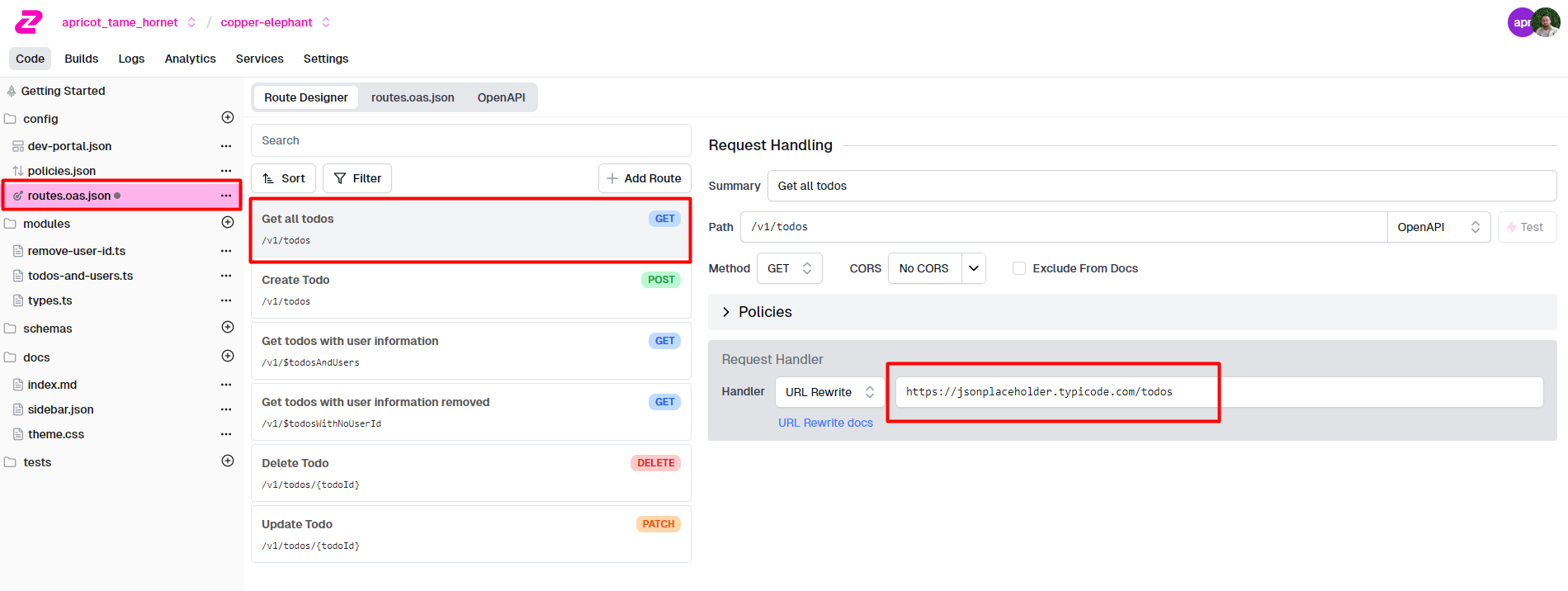
Authentication and Authorization
Security is paramount in API management, and API Gateways excel in providing robust mechanisms for authenticating and authorizing users.
Authentication verifies the identity of the user making the request, often through API keys, OAuth tokens, JWTs (JSON Web Tokens), or other credentials.
Authorization, on the other hand, determines whether the authenticated user has permission to perform the requested action.
By centralizing these security checks at the gateway level, applications can offload a significant burden of security management, ensuring that only valid, authorized requests reach the backend services. services to be relocated, scaled, or modified without impacting the client.
API Gateways often include solutions for authenticating your users. Many include ways of managing and issuing API keys to developers, either manually, via API, or self-serve. You then need to manually integrate this system into your docs platform.
What I found here is that using separate tools for API authentication, documentation, and analytics is painful.
Your API users can manage their API keys directly from Zuplo’s autogenerated developer portal, and even view their API usage analytics.
What I like about Zuplo also, is that it offers robust support for any type of authentication. They have a first-class API Key management solution that makes managing users a breeze and even includes Github secret scanning.
Additionally, Zuplo supports several other auth systems like Auth0, Clerk, Supabase, and many more via policies.
Rate Limiting and Throttling
API Gateways enforce rate limiting and throttling to control the amount of traffic that backend services handle.
Rate limiting restricts the number of requests a user can make within a specific timeframe, while throttling dynamically adjusts the rate of incoming requests based on current system load.
These mechanisms prevent abuse, ensure equitable resource use among consumers, and protect backend services from being overwhelmed, which could lead to degraded performance or outages.
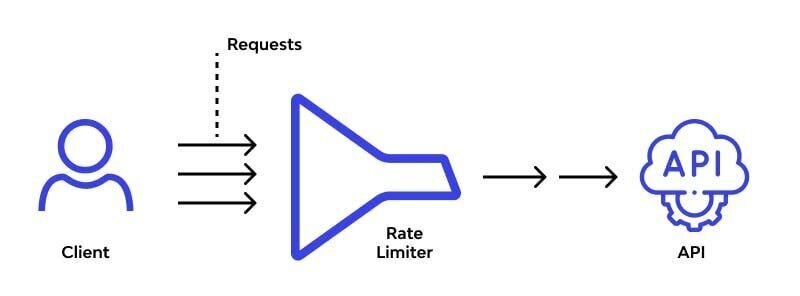
Illustration by: Arindam Paul
Rate limiting restricts the number of requests a user can make within a specific timeframe while throttling dynamically adjusts the rate of incoming requests based on the current system load.
These mechanisms prevent abuse, ensure equitable resource use among consumers, and protect backend services from being overwhelmed, which could lead to degraded performance or outages.
In Zuplo you have an availability to add rate limiting policy.
Let me show how to do that.
Within the already-seen Route Designer tab, you have the option of adding Policies. For Request, we can click on the Add Policy button, after which we get a popup with a bunch of policies that we can select.
We select Rate Limiting.
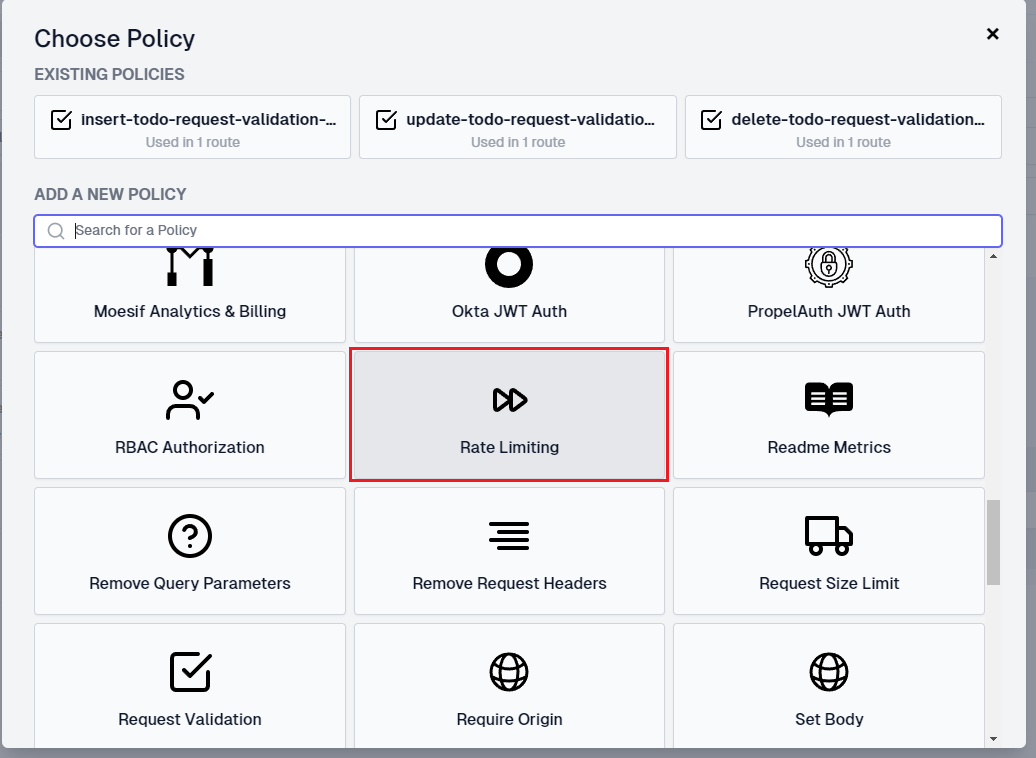
This opens the JSON configuration where you can define your Rate Limiting Policy in detail.
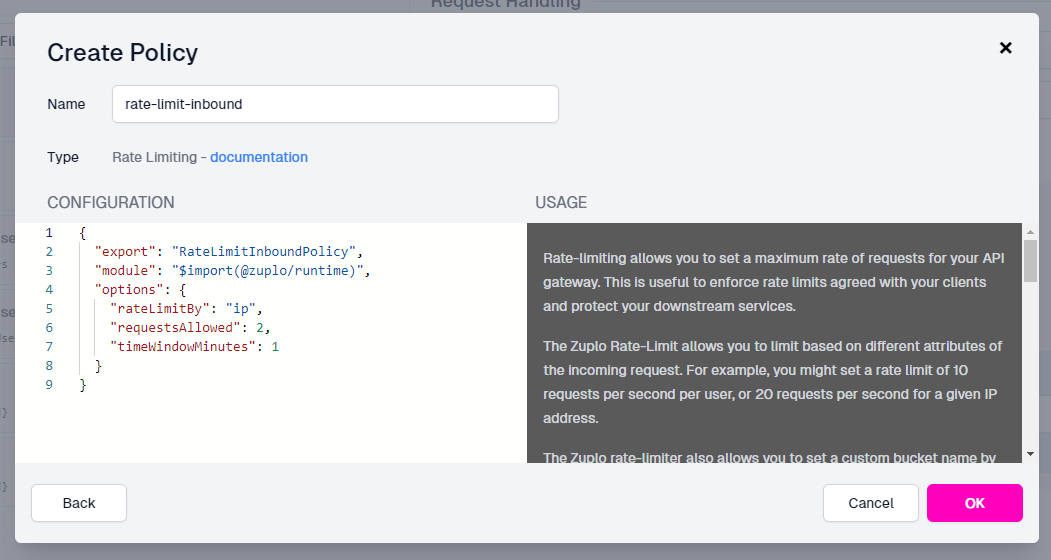
Zuplo’s rate-limiting solution is highly flexible, and precise in globally distributed systems. Additionally, the platform automatically surfaces analytics on rate-limited users to you. For more info check out this link.
Benefits of Using API Gateways
Embracing API Gateways brings numerous advantages, from bolstering security to simplifying management.
Here's how gateways can transform your API ecosystem.
• Enhanced Security
Security is a top priority, and API Gateways provide multiple layers of defense, including SSL terminations, OAuth support, and API keys.
This comprehensive security model ensures that only authorized users can access your APIs..
• Simplified API Management
Managing a plethora of APIs can be daunting. Gateways offer a unified platform for monitoring, analytics, and version control, streamlining the management process and reducing complexity.
• Improved Scalability
API Gateways facilitate scalability by enabling load balancing, caching, and other optimizations. This allows your infrastructure to adapt to changing demands without compromising performance.
Best Practices for API Gateway Deployment
Deploying an API Gateway is just the beginning.
To maximize its benefits, follow these best practices for a secure, reliable, and efficient API ecosystem.
• Ensuring High Availability
High availability is critical for maintaining uninterrupted access to your APIs. Implement redundancy, failover mechanisms, and geographic distribution to mitigate downtime risks.
• Secure Configuration
Adopt a security-first approach when configuring your API Gateway. This includes setting strict access controls, using HTTPS for all communications, and regularly updating your security policies.
• Continuous Monitoring and Testing
Regularly monitor your API Gateway and backend services for any issues. Implement automated testing and performance benchmarking to proactively identify and address potential problems.
You can also check out these useful resources for API developers.
Conclusion
API Gateways stand at the forefront of technological advancement, offering a secure and scalable solution for managing APIs.
By embracing API Gateways, developers and organizations can ensure their APIs are accessible, secure, and primed for future growth.
As we navigate the digital landscape, the strategic implementation of API Gateways will be instrumental in unlocking new possibilities and driving success in the digital age.
What next?
Try out Zuplo for free and quickly setup your project. You will be able to test all of these features (and many more such as caching, monitoring, etc.) right away.
That's all from me today.
There are 3 ways I can help you:
My Design Patterns Ebooks
1. Design Patterns that Deliver
This isn’t just another design patterns book. Dive into real-world examples and practical solutions to real problems in real applications.Check out it here.
Go-to resource for understanding the core concepts of design patterns without the overwhelming complexity. In this concise and affordable ebook, I've distilled the essence of design patterns into an easy-to-digest format. It is a Beginner level. Check out it here.
Join TheCodeMan.net Newsletter
Every Monday morning, I share 1 actionable tip on C#, .NET & Arcitecture topic, that you can use right away.
Join 17,150+ subscribers to improve your .NET Knowledge.
Subscribe to
TheCodeMan.net
Subscribe to the TheCodeMan.net and be among the 17,150+ subscribers gaining practical tips and resources to enhance your .NET expertise.